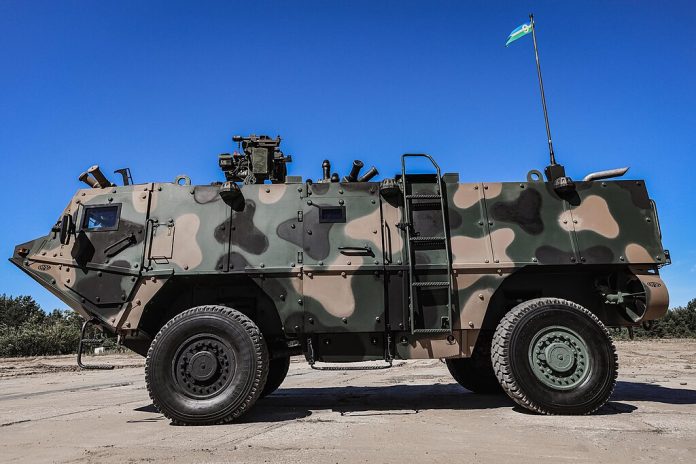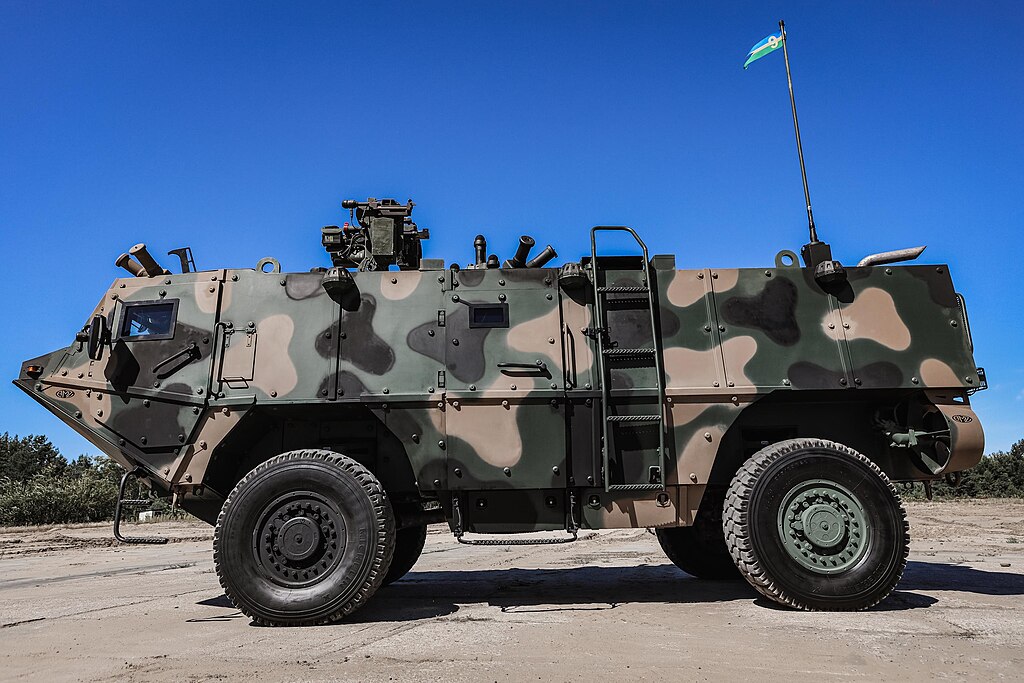
“Losing two in a single engagement marks one of the largest documented setbacks for this class of vehicle,” United24 reported. That puts into perspective the magnitude of Ukraine’s recent battlefield success against Russia’s rare PRP-4 artillery reconnaissance systems. Already rare in frontline service, these vehicles are critical in target acquisition and artillery coordination.
It happened during a Russian attempt to breach the Ukrainian defense line close to Myrnohrad in the Pokrovsk sector. Video released by the 503rd Separate Marine Battalion shows how events-from mine strike to drone strikes-ended with the two vehicles either disabled or destroyed. Open-source intelligence suggests that these may have been the even rarer ‘Deuteriy’ or ‘Nard’ variants, making the loss strategically significant.
This listicle breaks down the engagement, the technology involved, and the broader tactical lessons, giving military technology observers a detailed look at how rare battlefield assets can be neutralized under modern combat conditions.
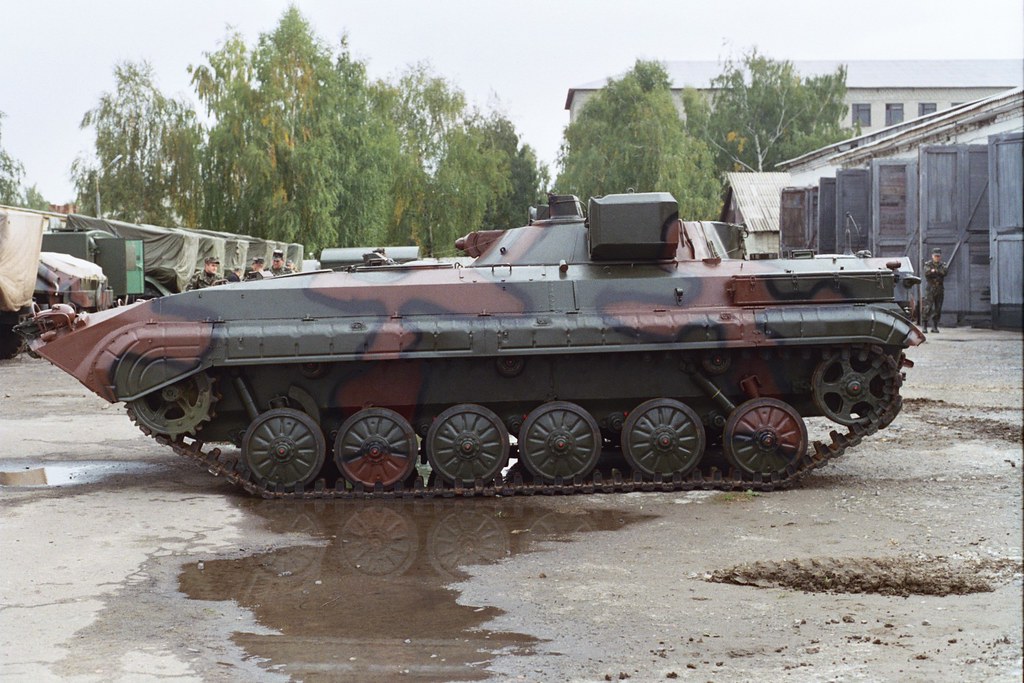
1. Battlefield role of PRP-4
The PRP-4, short for Podvizhny Razvedyvatelny Punkt, is a Soviet mobile artillery reconnaissance post on a BMP-1 chassis. Its primary job was to locate targets and control the artillery fire in real-time. Fitted with the 1PN59 day surveillance device, 1PN61 night vision system, and 1RL133-1 radar station, this system was able to detect targets up to 3 kilometers away at night. A 1D11M-1 rangefinder extended recognition from 100 to 10,000 meters, beyond the capabilities of the earlier PRP-3.
The PRP-4 has advanced sensors, but it is lightly armed with only a 7.62mm machine gun for self-defense. This makes it highly vulnerable when operating close to enemy lines without sufficient protection. It is also very rare, due to its limited production and specialized mission, with few units fielded compared to the standard armored fighting vehicle fleet.
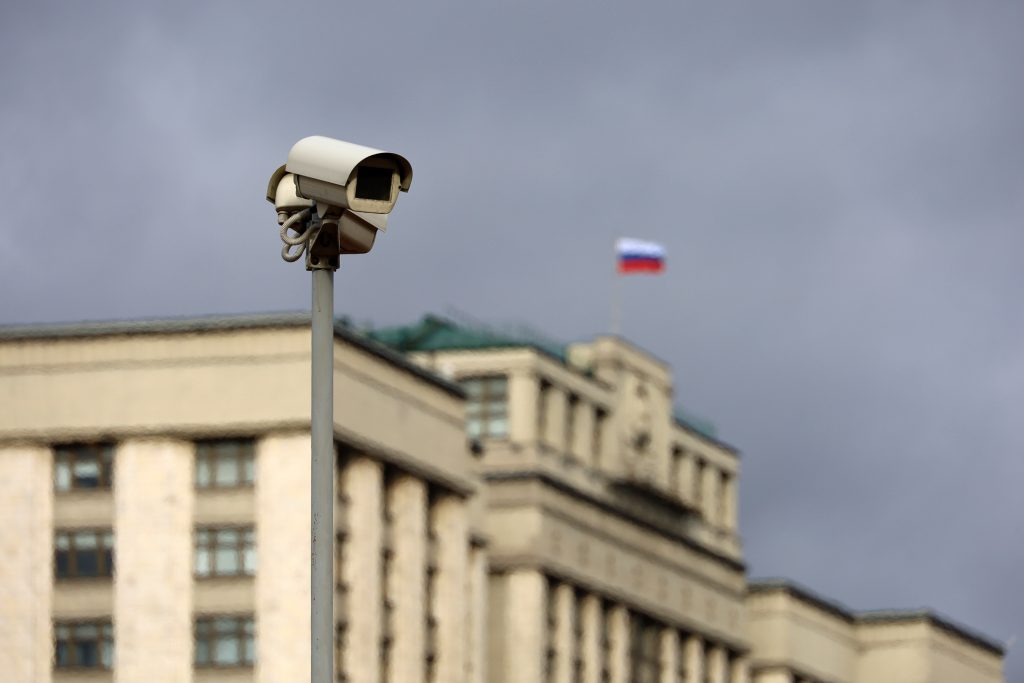
2. The rare ‘Deuteriy’ and ‘Nard’ variants
Open-source analysts identified the destroyed systems as likely ‘Deuteriy’ or ‘Nard’ modifications of PRP-4, exceptionally rare on the battlefield. At least four of each variant have been lost by Russia since the start of the full-scale invasion. One was previously captured intact by Ukrainian forces.
The ‘Deuteriy’ and the ‘Nard’ have enhanced optics, radar arrays, and communications for faster target data relay. It is a serious setback for Russia’s artillery reconnaissance because losing two in one battle seriously degrades the ability of the army to coordinate long-range fires.

3. Breaching the Dragon’s Teeth
The engagement unfolded at a fortified Ukrainian defensive line featuring Dragon’s Teeth rows of reinforced concrete pyramids to impede armored vehicles. The World War II-era obstacles lift tank treads and force attackers into predictable paths.
Here, the PRP-4s moved forward in the obstacle belt in single file. It hit a mine in attempting to negotiate the gap and was immobilized. The second one tried to push the damaged one ahead, presenting both to Ukrainian observation and attack.

4. Ukrainian Drone Interdiction
No sooner did Russian forces dismount the PRP-4s than the Ukrainian drone operators initiated their lightning strike. Several videos seem to capture precision drone strikes against soldiers attempting to take cover in nearby trenches and shelters. According to Militarnyi, 26 Russian personnel were taken out during this phase.
The use of drones for immediate interdiction shows the integration of unmanned systems into Ukraine’s defensive kill chain, facilitating the quick engagement of exposed infantry before they could reconstitute or call for support.
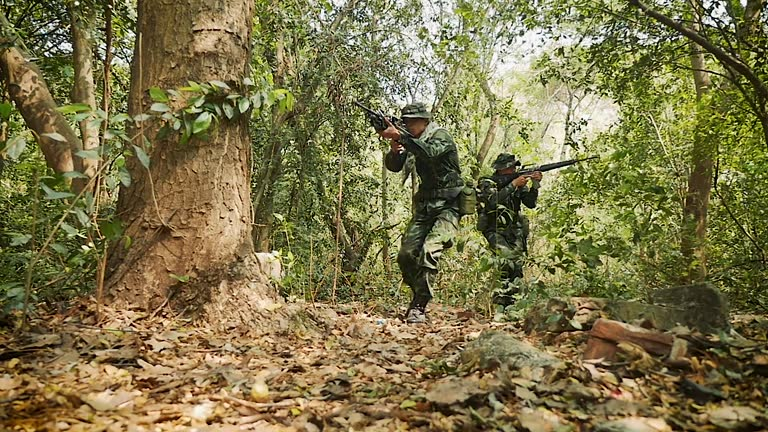
5. Retreat and Attrition in the Forest Belt
After the initial strikes, the Russian assault group withdrew to the forest belt. While the trenches and shelters offered some temporary concealment, drones maintained constant over-target surveillance and strike capability. No forces could regroup, which was tantamount to failure in the assault.
Continuous harassment by drones in the wooded terrain underlines how difficult it is to find sanctuary on a battlefield where aerial reconnaissance and loitering munitions operate day and night.

6. Vehicle Losses Verification
The video evidence of the PRP-4s, abandoned one in the obstacle belt and the other on a nearby road, does not fully confirm their direct destruction, but it certainly confirms their operational loss. In modern conflict, an immobilized reconnaissance vehicle deep in contested territory is effectively neutralized.
Even damage not recoverable to such systems is, because of their rarity, a strategic setback. The loss of sensor platforms limits artillery accuracy and battlefield awareness for Russian forces.
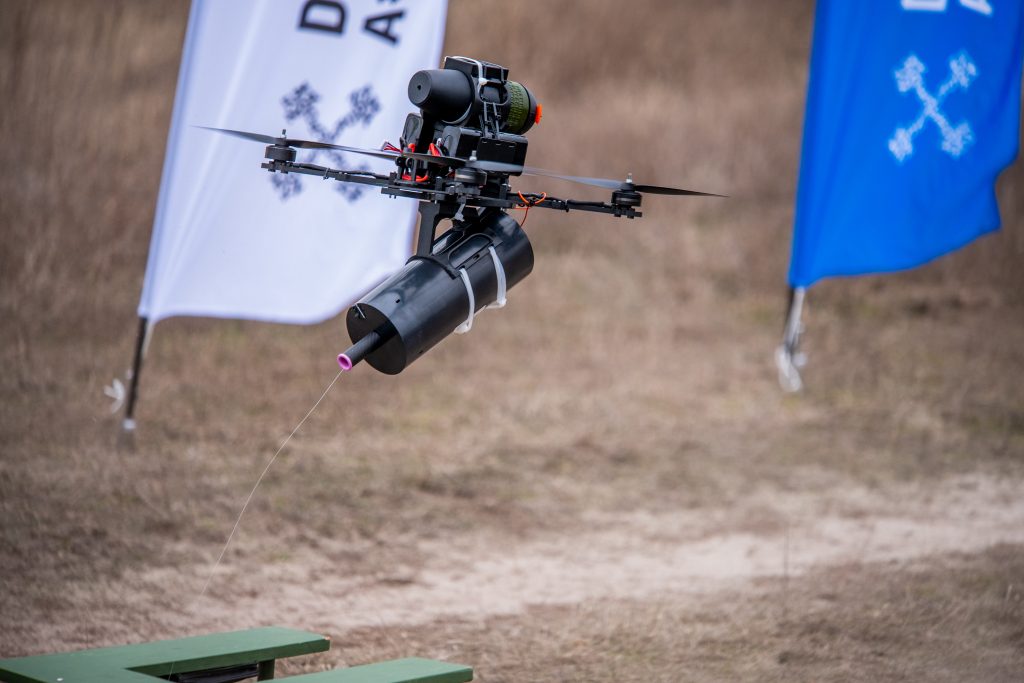
7. Tactical Lessons from Myrnohrad
The failed breach underlines several tactical lessons. First, pushing rare reconnaissance assets forward into heavily fortified zones without adequate suppression invites catastrophic loss. Second, breaching operations must take into account layered defenses-mines, obstacles, and aerial threats. The physical barriers established by Ukraine’s defense set up a multi-domain kill zone, neutralizing both vehicles and their supporting infantry with rapid drone strikes.

8. Breach Operations Under Modern Threats
The Greywolf Brigade’s lessons learned from the NTC mirror battlefield reality in Ukraine: breach sites are high-profile targets for enemy fires, drones, and electronic warfare. Modern doctrine must incorporate suppression, obscuration, and counter-UAS measures into every breach plan. Even well-armored forces suffer attrition from overhead and electronic threats without multi-spectral protection. Events in Ukraine at Myrnohrad showed how the combination of engineering obstacles and persistent aerial interdiction could succeed.

9. Strategic Impact of PRP-4 Losses
Russia’s artillery doctrine relies on accurate and timely reconnaissance; the PRP-4s, especially in the ‘Deuteriy’ and ‘Nard’ forms, are a key enabler of long-range fires. The loss of two of them in one engagement reduces Russia’s ability to detect and track Ukrainian positions, perhaps relegating them to employing less-capable systems. In a war in which precision and speed in targeting can decide battles, the attrition of rare reconnaissance assets is more than a tactical defeat; it is a degradation of operational capability over time.
The Myrnohrad engagement underlines the fact that even rare battlefield systems, designed for survivability and advanced reconnaissance, can be neutralized through layered defenses and rapid unmanned strikes. For military analysts, it’s a rich case study of high-value asset vulnerabilities in the context of breaching the fortified line under modern conditions of surveillance and precision attack. Such losses in these systems will shape both sides’ tactical and operational choices as the conflict develops.
